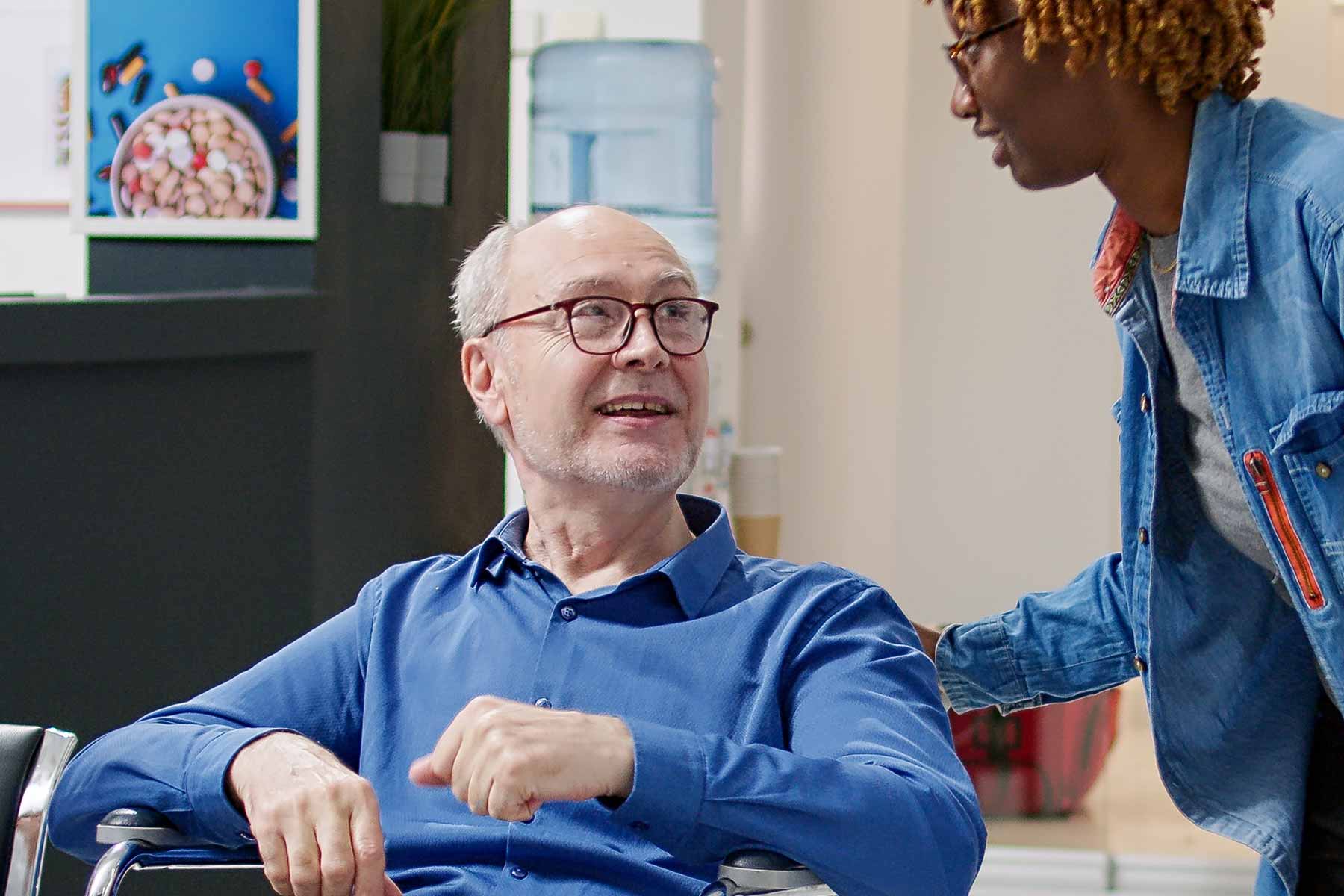Connecting people …
Living in the countryside is wonderful … But getting around might be challenging without a private car…
For those living in remote areas, access to transportation services is often crucial for their daily lives, including getting to work, education, healthcare services, and leisure activities, etc.
Demand-response transportation (DRT) services, have the potential to connect people in remote areas with the places they need or want to go to in a 1) cost-efficient, 2) flexible, and 3) sustainable way.
How? …
– Cost-efficiency can be achieved through efficient resource allocation and optimising routes.
DRT services use technology based on advanced algorithms and real-time data to match supply with demand dynamically. This means vehicles can be deployed where and when they are needed most, reducing idle time and increasing the utilisation rate of each vehicle. By optimising routes and using ride-sharing opportunities, DRT reduces the overall cost per trip.
– On-demand mobility comes with ‘in-built flexibility.’
Unlike fixed-route services, on-demand transportation allows users to book rides as needed and can be tailored to accommodate individuals with special needs, including those with disabilities. Furthermore, services can be scaled up or down based on changing demand patterns.
– To further sustainability in public transportation, one aspect is decreasing traffic density: fewer vehicles = fewer emissions.
DRT services are based on actual demand and often involve shared rides, which means fewer vehicles on the road.
To better connect cities with remote areas, make it hassle-free to get around these areas, and develop public transportation services in a sustainable way, we believe that offering on-demand transportation services in remote areas is an obvious answer.






